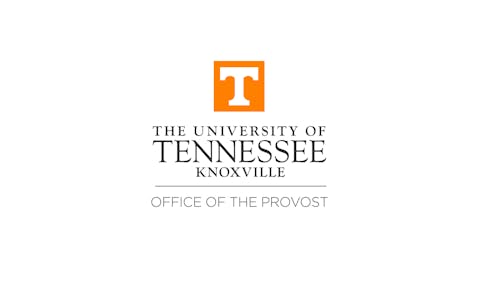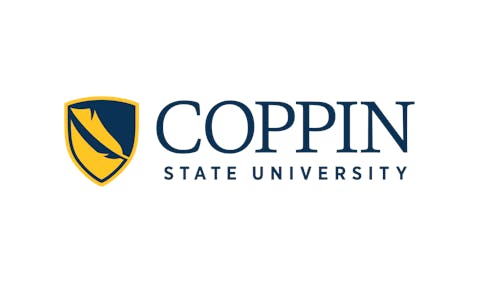
The proposed bill would reduce discretionary education funding to $66.7 billion, representing a $12.1 billion cut from fiscal year 2025 levels. The cuts target multiple programs designed to increase college access and completion for underserved populations.
Among the most significant reductions, the proposal would completely eliminate the Federal Supplemental Educational Opportunity Grant program, which provides need-based aid to low-income undergraduate students. The bill would also terminate the Child Care Access Means Parents in School program, which assists student parents — a demographic that comprises more than 20% of enrolled college students.
The Federal Work Study program would face a $451 million reduction under the House proposal, potentially increasing debt burdens for students who rely on campus employment to finance their education. While the maximum Pell Grant award would remain at $7,395, the bill includes no inflation adjustment, effectively reducing the program's purchasing power over time.
The proposal maintains current funding levels for TRIO programs at $1.2 billion and GEAR UP at $388 million. However, it would cut $49 million from the Education Department's Office for Civil Rights and block implementation of several Biden administration regulations related to institutional accountability, student loan repayment, and Title IX.
Sameer Gadkaree, president and CEO of The Institute for College Access & Success, sharply criticized the House proposal as detrimental to students and borrowers.
"The measure cuts funding for programs that give students aid and support parenting students, reducing debt and drop-out rates," said Gadkaree. "And it fails to provide sufficient administrative support for the Education Department."
Gadkaree warned that without adequate funding, the Education Department would struggle to carry out core functions or implement recently passed budget reconciliation measures. He also expressed concern that blocking student and borrower protections would "erode the value that students get from college."
The House proposal contrasts sharply with Senate appropriators' fiscal year 2026 funding recommendations, which maintain higher levels of support for education programs. Gadkaree urged lawmakers to "reject the House's proposed cuts and instead follow the Senate's lead by maintaining existing federal support for effective, long-standing higher education programs."
The subcommittee's action represents the first step in the congressional appropriations process. The proposal must advance through the full House Appropriations Committee and pass both chambers of Congress before becoming law.
The proposed cuts come as college affordability remains a significant concern for students and families. According to federal data, student loan debt has reached record levels, with borrowers owing more than $1.7 trillion collectively.
Student advocacy groups and higher education organizations are expected to mobilize opposition to the proposed cuts as the legislation moves through the congressional process. The final outcome will depend on negotiations between House and Senate appropriators and potential intervention from the White House.
















